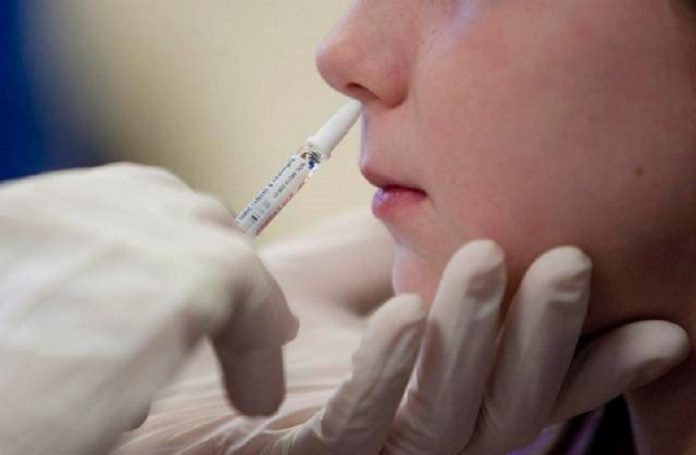After the Indian Government announced the launch of two of its COVID-19 vaccines namely SII’s Covishield and Covaxin of Bharat Biotech, there was also a buzz of inoculating the vaccine in a new way through the nasal path.
After Covaxin received the emergency use authorization from the government, just a few days after that, Bharat Biotech applied for permission to begin the 1st and 2nd phase of the clinical trial of their nasal COVID-19 vaccine. In response to this, the government has identified the nasal vaccine and has given a green signal for conducting the first phase of the clinical trial.
When the news of this made it to the headlines, many questions began to float in our minds but naturally. I have tried to answer some of the most common questions you and I both have:
What is an intranasal vaccine?
An intramuscular vaccine that is injected into the muscle is the most common kind of vaccine inoculation that is practiced everywhere. However, an intranasal vaccine is administered to a person through the nose.
Why is it being considered?
There are various reasons why this kind of vaccine is considered by the government. Firstly, it is non-invasive and eliminates the use of a needle to inject the dose into the body. Furthermore, it does not require any trained or experienced healthcare personnel to administer. This does away with the extra resource that is put to work making the process of vaccination much easier. Besides, like the other COVID-19 vaccines that require individuals to take jabs in two parts with a gap of few weeks, Bharat Biotech’s ‘BBV154’ will require only one dose in each nostril, thereby cutting down the added management hassle. Moreover, the most crucial part to note is that since the source from where the virus is said to enter is the nose and mouth, the nasal vaccine will work with much fervor against the virus when injected through the nose.
How does it work?
When the dose of the vaccine enters the nostril and is inhaled, it stimulates a strong immune response to the infection that enters through the nasal path. It plays a crucial role in blocking the infection and transmission of the virus.
Nevertheless, there are a few pitfalls about this kind too that the government must keep in mind.
Since the inoculation is to be done through the nose, only a small amount of dose can be administered in each nostril, which might not be enough to fight the infection. Further, the delivery of these nasal vaccines is more tedious than the intramuscular ones which are available for use.
If these trials emerge to be successful and prove to be beneficial, it would play a huge role in India’s COVID vaccination drive to fight the virus.






























